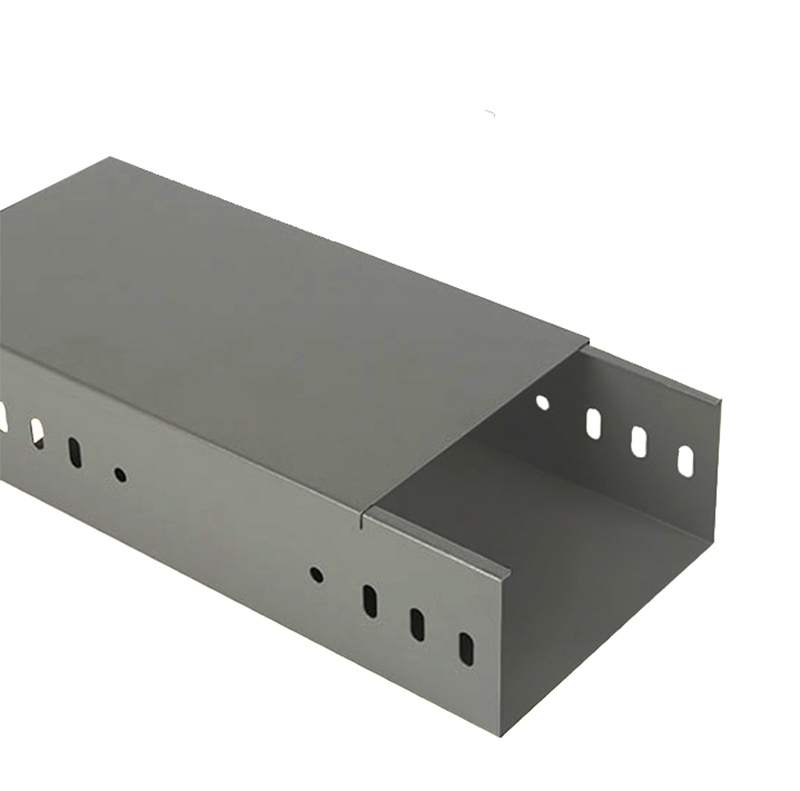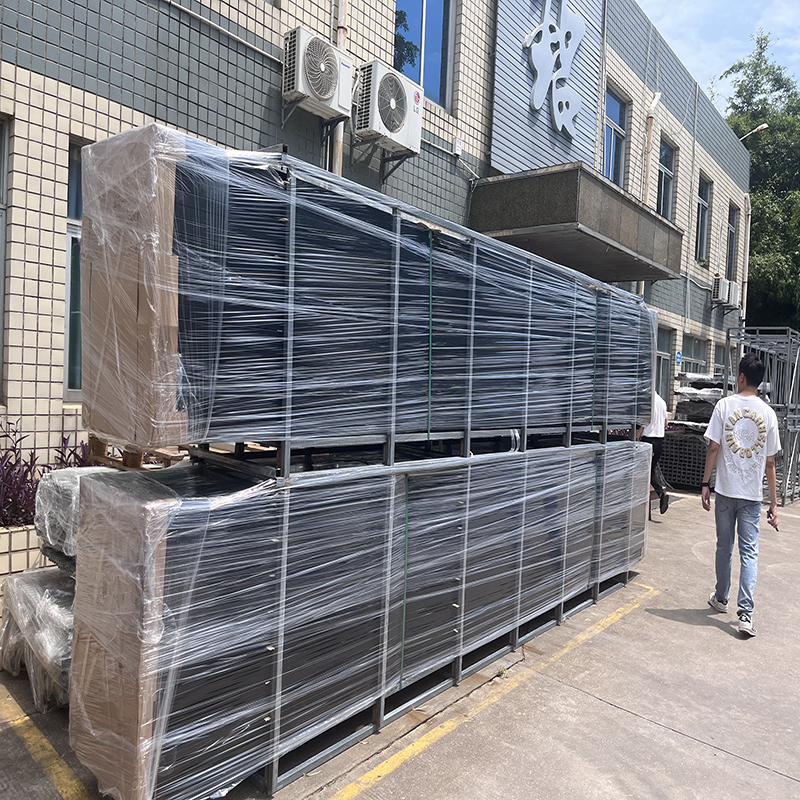Wire trunking, also known as cable trunking, wiring trunking, or cable trunking (depending on the location), is an electrical appliance used to organize and fix power and data cables in a standardized manner on walls or ceilings.
Classification:
There are generally two types of materials: plastic and metal, which can serve different purposes.
Common types of cable trays:
Insulated wiring duct, pull-out wiring duct, mini wiring duct, partitioned wiring duct, interior decoration wiring duct, integrated insulated wiring duct, telephone wiring duct, Japanese style telephone wiring duct, exposed wiring duct, circular wiring duct, exhibition partition wiring duct, circular floor wiring duct, flexible circular floor wiring duct, and covered wiring duct.
Specification of metal trunking:
The specifications of commonly used metal trunking include 50mm x 100mm, 100mm x 100mm, 100mm x 200mm, 100mm x 300mm, 200mm x 400mm, and so on.
Installation of cable trunking:
1) The trunking is flat without distortion or deformation, the inner wall is free of burrs, the joints are tight and straight, and all accessories are complete.
2) The connection port of the trunking should be flat, the joint should be tight and straight, the cover of the trunking should be installed flat without any corners, and the position of the outlet should be correct.
3) When the trunking passes through the deformation joint, the trunking itself should be disconnected and connected with a connecting plate inside the trunking, and cannot be fixed. The protective ground wire should have a compensation allowance. For trunking CT300 * 100 or less, one bolt should be fixed to the transverse bolt, and for CT400 * 100 or more, two bolts must be fixed.
4) All non-conductive parts of non-metallic trunking should be connected and bridged accordingly to form a whole, and the overall connection should be made.
5) Fire isolation measures shall be installed at the designated locations for cable trays laid in vertical shafts and cable trays passing through different fire zones according to design requirements.
6) If the length of the steel cable tray at the straight end exceeds 30m, an expansion joint should be added, and a compensation device should be installed at the deformation joint of the cable tray.
7) The total length of metal cable trays and their supports should be connected to the grounding (PE) or neutral (PEN) main line at no less than 2 points.
8) The two ends of the connecting plate between non galvanized cable trays shall be bridged with copper core grounding wires, and the minimum allowable cross-sectional area of the grounding wire shall not be less than BVR-4 mm.
9) The two ends of the connecting plate between galvanized cable trays shall not be connected to the grounding wire, but there shall be no less than 2 connections with anti loosening nuts or washers at both ends of the connecting plate.
→ For all products,services and up to date information,please contact us.
Post time: Oct-31-2024


